Astier de Villatte revives the perfumes of ancient Egypt and Rome
Working with a historian and a perfumer, Astier de Villatte recreates the fragrances of ancient Egyptian temples, Roman royalty and Romantic French novelist George Sand
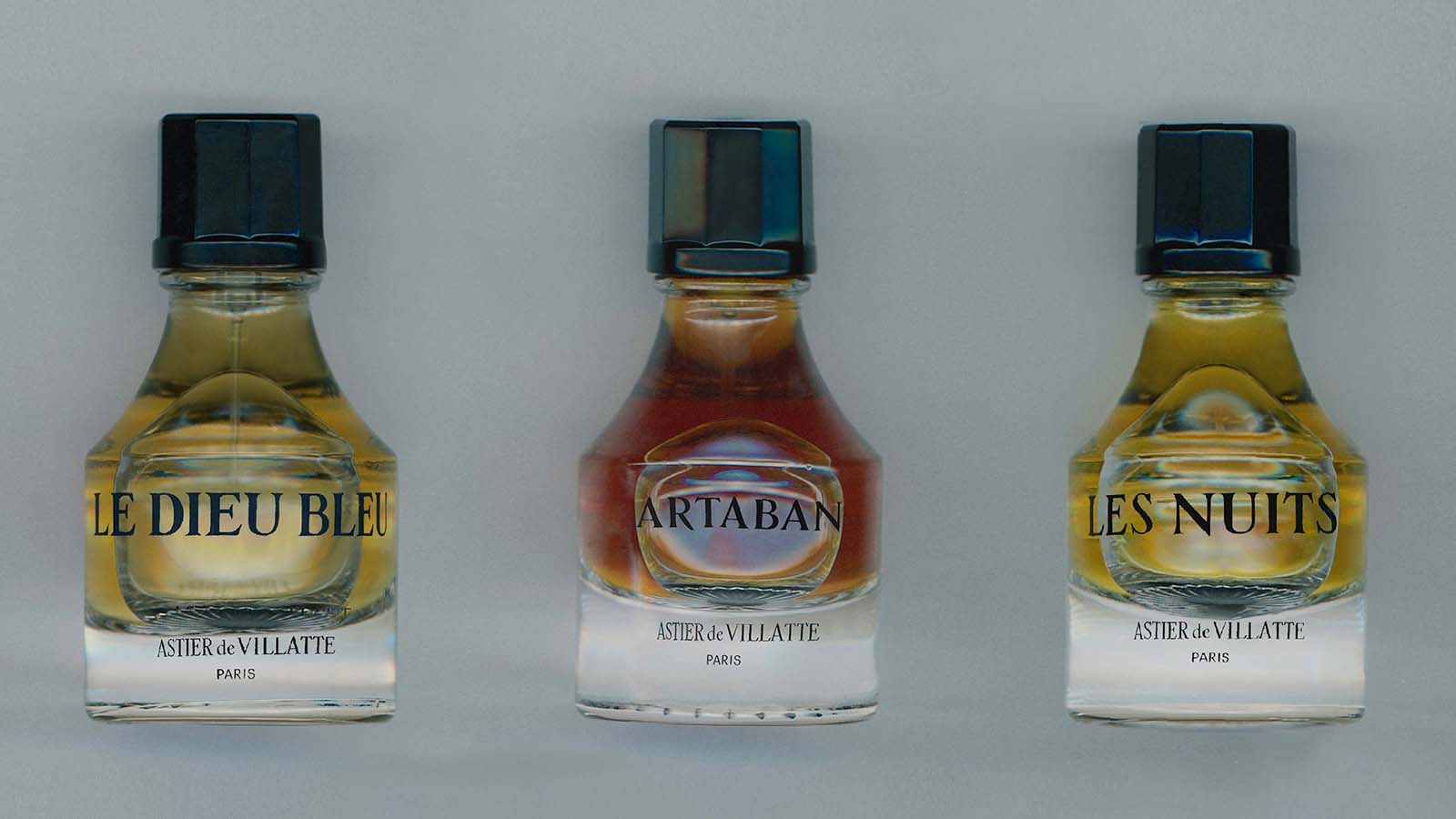
French company Astier de Villatte’s new fragrances meticulously revive three historical scents. Le Dieu Bleu is a version of the incense known as kyphi, which was used in Ancient Egyptian rituals and healing; Artaban reinterprets the Ancient Roman ‘royal perfume’; and Les Nuits draws on the perfume worn by French Romantic-era novelist George Sand.
Astier de Villatte
Astier de Villatte’s founders, Ivan Pericoli and Benoît Astier de Villatte, established the brand in 1993 as a forum for rehabilitating objects forgotten by history and infusing them with a modern playfulness.
The company’s output spans from stationery to textiles and luxury candles. Its signature range of elegant white ceramics is created according to the methods of 18th-century Parisian manufacturers and decorated with cheeky designs or shaped like Peanuts comic book characters, cowboy boots, or a pair of lips. Meanwhile, its printing press in the Parisian suburbs is one of the last in the world to use lead typesetting, and has published books by artist and singer Lou Doillon and the artist Balthus.
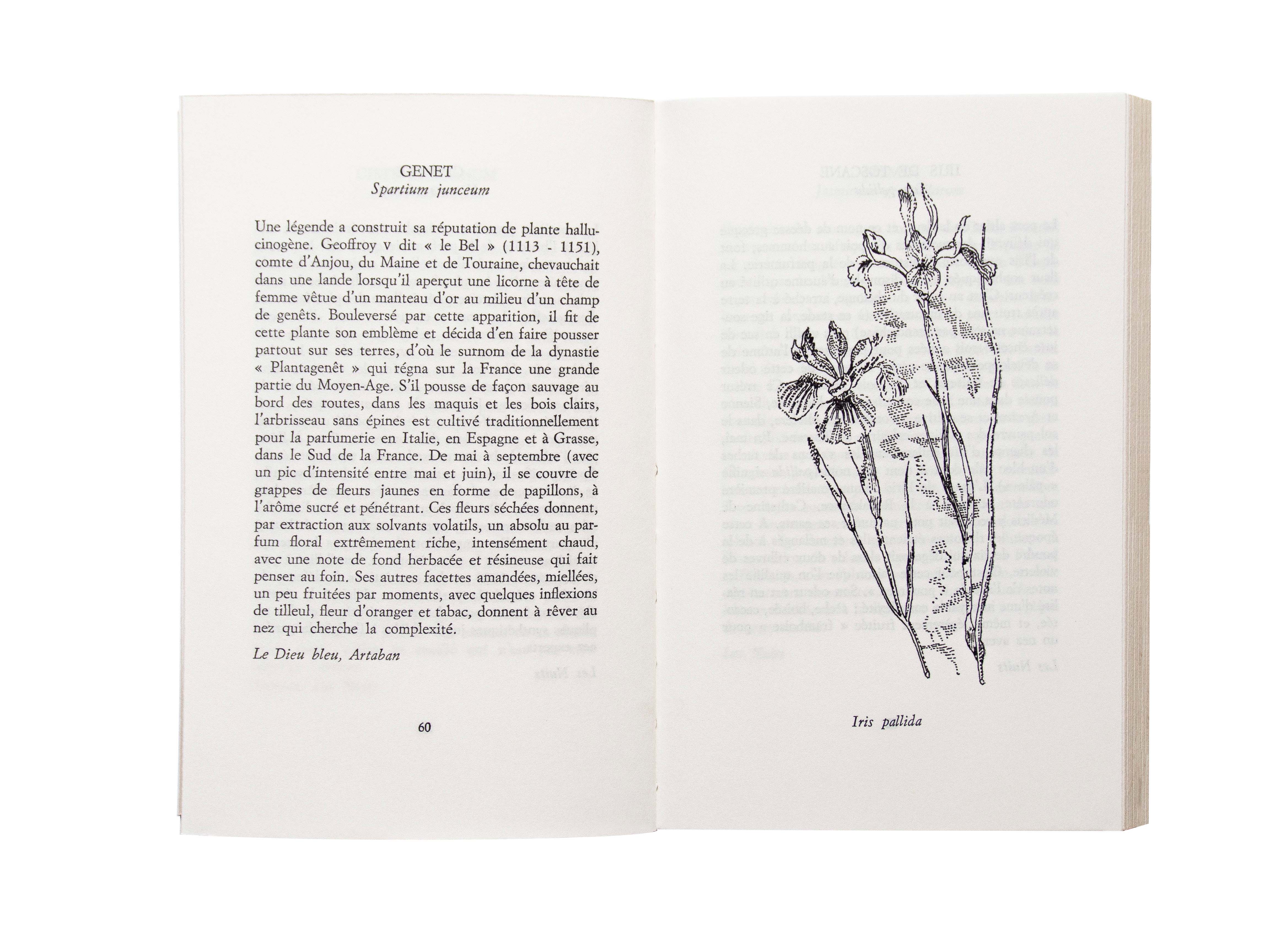
Now Astier de Villatte’s latest fragrance series translates that same sensibility into scent. Perfume historian, anthropologist and researcher Annick Le Guérer provided perfumer Dominique Ropion with detailed documents describing the ingredients and their proportions for kyphi and the Roman royal perfume; she also supplied samples of George Sand’s perfume from the bottom of a travel phial, entrusted by one of her descendants, Christiane Sand.
Ropion then worked with Astier de Villatte to recreate the three perfumes as faithfully as possible to the formulas of the time, while also following the regulations of today’s perfumery.
The perfumes

Traditionally, Artaban was created in Ancient Rome using 24 herbs imported at great expense from across the empire. To reimagine it, Ropion blended bitter and sweet marjoram, a spicy and fruity cardamom, resinous nard, and herbaceous calamus. For Le Dieu Bleu, Ropion made a strangely intoxicating fragrance from honeyed broom, myrrh, green and fresh lentisk, and fruity opoponax. Finally, Les Nuits is an assertive, cologne-like fragrance made from Turkish rose, sensual patchouli, and powdery iris.
Each perfume comes with a book that has been printed at the Astier de Villatte press and tells the story behind the fragrance.
Receive our daily digest of inspiration, escapism and design stories from around the world direct to your inbox.
Mary Cleary is a writer based in London and New York. Previously beauty & grooming editor at Wallpaper*, she is now a contributing editor, alongside writing for various publications on all aspects of culture.
-
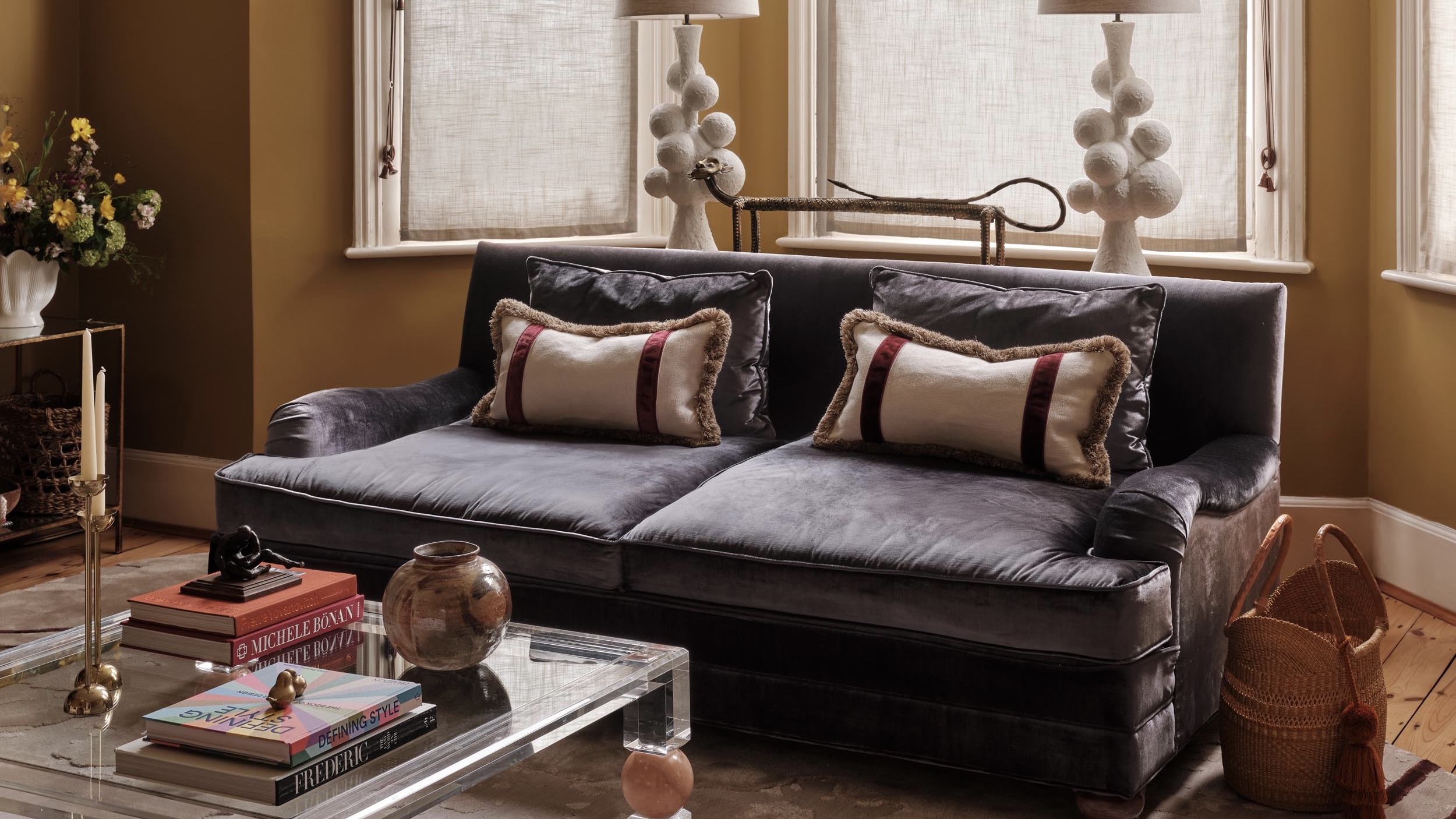 How to elevate a rental with minimal interventions? Charu Gandhi has nailed it with her London home
How to elevate a rental with minimal interventions? Charu Gandhi has nailed it with her London homeFocus on key spaces, work with inherited details, and go big on colour and texture, says Gandhi, an interior designer set on beautifying her tired rental
-
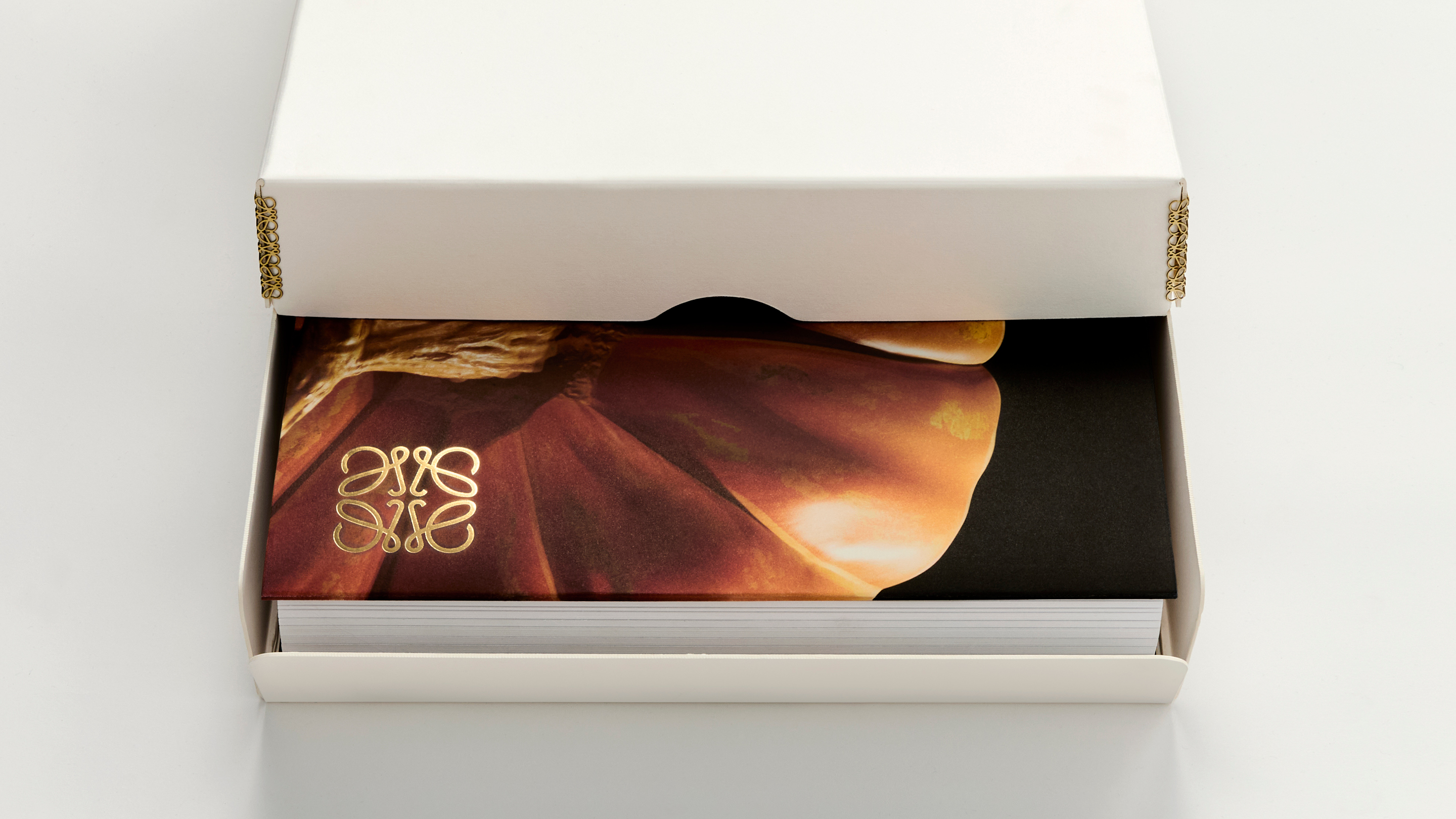 These fashion books, all released in 2025, are the perfect gift for style fans
These fashion books, all released in 2025, are the perfect gift for style fansChosen by the Wallpaper* style editors to inspire, intrigue and delight, these visually enticing tomes for your fashion library span from lush surveys on Loewe and Louis Vuitton to the rebellious style of Rick Owens and Jean Paul Gaultier
-
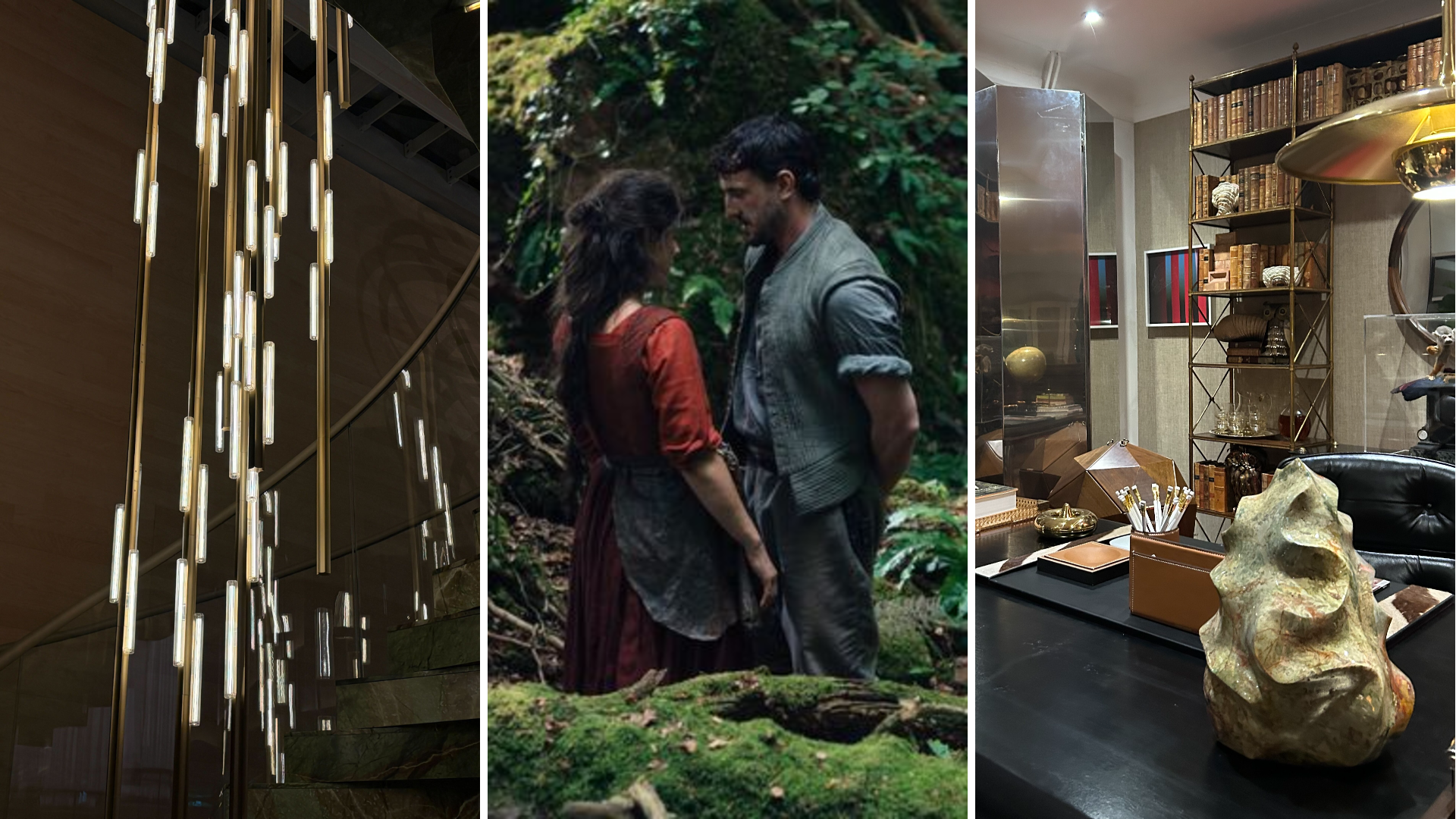 Out of office: The Wallpaper* editors’ picks of the week
Out of office: The Wallpaper* editors’ picks of the weekFar from slowing down for the festive season, the Wallpaper* team is in full swing, hopping from events to openings this week. Sometimes work can feel like play – and we also had time for some festive cocktails and cinematic releases